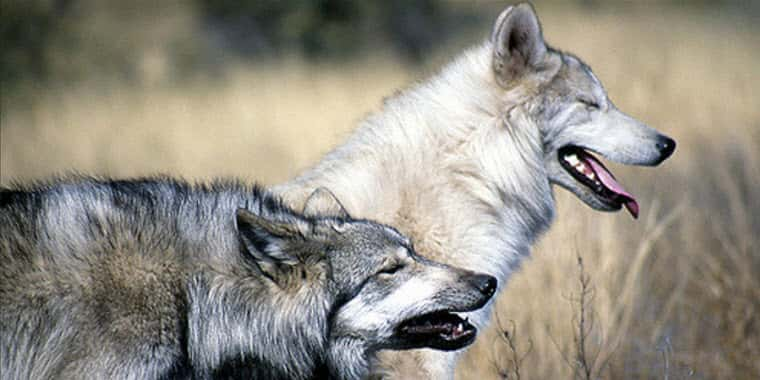The Trump Administration is following suite with the previous two Administrations by taking steps to remove the gray wolf from the Endangered Species List. Yesterday the Department of Interior announced that it will publish a gray wolf delisting rule in the Federal Register and release management of the gray wolf back to the states.
Ag groups across the country are hailing it as a major step forward. Jennifer Houston, president of the National Cattlemen’s Beef Association, and Bob Skinner, president of the Public Lands Council, released a joint statement in response to the decision saying, “The recovery of the gray wolf in the United States is a conservation success story. When the federal government collaborates with state wildlife officials and local land managers, it enhances our ability to protect the wildlife and ecosystems that we all cherish. This is exactly how the Endangered Species Act is supposed to work.
“Unfortunately, as ranchers know all too well, the current Endangered Species Act rarely functions as Congress originally intended. Radical environmental activists use an endless cycle of lawsuits and procedural tricks to thwart effective conservation. That is why it has taken so long to delist the gray wolf, even though science has long shown the species had reached stable population levels. That is also why the Endangered Species Act’s overall effectiveness hovers at an abysmal rate of just two percent.
“The National Cattlemen’s Beef Association and Public Lands Council would like to commend Acting Secretary Bernhardt and his team for making this science-based decision. We look forward to continuing our work with the Department of Interior and state wildlife agencies as this process moves forward.”
American Farm Bureau President Zippy Duvall responded by saying, “This is welcome news to farmers and ranchers. The agency’s intent to delist the gray wolf is a triumph of common sense we all should herald as a conservation success story.
“There are more than 5,000 gray wolves in the United States and more than 10 times as many over the Canadian border. The U.S. population of gray wolves far surpasses the recovery targets called for by the Endangered Species Act. Populations have reached critically high numbers in many states – so high, in fact, that wolves are not just preying on livestock, but pushing elk and deer onto U.S. farms and ranches, which leads to even more destruction.
“The administration’s decision to de-list the gray wolf is the culmination of a decades’ long battle that has pitted science-based decision making against litigious, environmental activism. The Bush and Obama administrations supported de-listing the gray wolf. Populations have far surpassed the recovery thresholds set forth by recovery plans, but too many environmentalists fail to recognize this success.
“A third administration is now moving to delist the gray wolf. The time has come to resolve this issue once and for all and to base that decision on the science and the law.”
Of course conservationists don’t see the move as a success story. The Endangered Species Coalition is urging the Trump Administration to continue protection and not move forward with what it sees as a political move.
“The return of the wolf to the northern Rockies and Great Lakes is one of America’s greatest conservation successes, but wolves are still absent from much of their historic range where there is suitable habitat. The work of recovering this iconic species is not done and we will vigorously oppose this action,” says Jamie Rappaport Clark, president and CEO of Defenders of Wildlife and former director of Fish and Wildlife Service.
Bipartisan efforts in Congress have been underway to bypass the courts and costly litigation and de-list the wolf legislatively.
###
Northern Ag Network/NCBA/AFBF





It is important to note that the Gray Wolf population has been deemed to be biologically recovered in several states, and that is why the species has already been delisted from the Endangered Species list for some years in Montana (since 2011) , Wyoming (since 2017), Idaho (since 2011), as well as eastern Washington, eastern Oregon, and north-central Utah.
Those six states now are in control of managing their own Gray Wolf populations. Currently the Gray Wolf is still listed as “Threatened” in Minnesota, and listed as “Endangered” everywhere else.